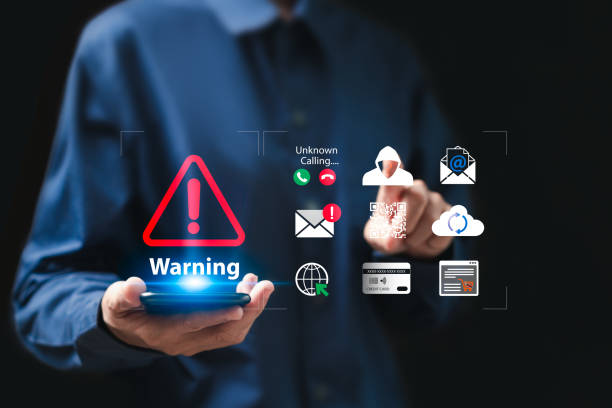What is an AI Robot? A Comprehensive Definition
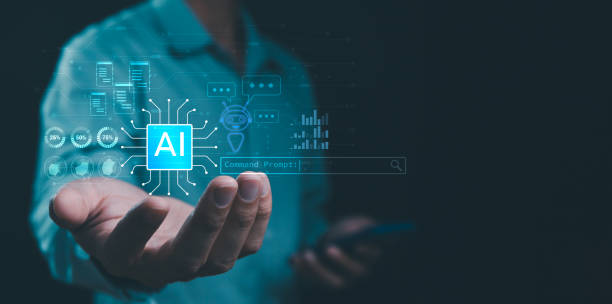
In today’s world, the term Artificial Intelligence (AI) is increasingly heard.
But what is an #AI robot and how does it differ from other robots? Generally, an AI robot is a machine that, using machine learning algorithms and other AI techniques, is capable of performing tasks that typically require human intelligence.
These tasks can include pattern recognition, decision-making, problem-solving, learning from experience, and interacting with the environment.
Simply put, an AI robot is a type of robot that can think and act.
Unlike traditional robots that operate based on pre-programmed instructions, these robots are able to act independently and even make new decisions by receiving and analyzing data.
Therefore, an AI robot can be defined as an intelligent machine that can interact with its environment and improve its performance by learning from its experiences.
An AI robot is capable of understanding natural language, recognizing images, and even performing tasks that require creativity.
Are you bothered by losing customers who visited your site to make a purchase?
Rasawb is your specialized solution for having a successful online store.
✅ Significantly increase your online sales
✅ Build trust and professional branding with customers⚡ Get free consultation from Rasawb experts!
Main Components of an AI Robot

An AI robot consists of several main parts.
The first part is **sensors**, which collect information from the environment.
These sensors can include cameras, microphones, temperature sensors, and other data collection devices.
The second part is the **processor**, which analyzes the information collected by the sensors.
This processor is usually a powerful computer with complex AI algorithms.
The third part is **actuators**, which enable the robot to interact with its environment.
These actuators can include motors, arms, legs, and other mechanical devices.
And finally, the fourth part is the **AI software**, which allows the robot to think, learn, and make decisions.
This software typically includes machine learning algorithms, artificial neural networks, and other AI techniques.
The interaction and cooperation of these components enable the AI robot to perform various tasks and adapt to its environment.
For example, an AI robot designed for autonomous driving uses cameras and other sensors to collect information about the environment, a powerful processor to analyze this information and make decisions about how to drive, and motors and control systems to steer the vehicle.
Diverse Applications of AI Robots in Various Industries

AI robots have very widespread applications in various industries.
In the **manufacturing** industry, AI robots are used to perform repetitive and dangerous tasks.
In the **healthcare** industry, AI robots are used for precise surgeries, assisting disabled individuals, and providing remote medical care.
In the **transportation** industry, AI robots are used for autonomous driving, goods delivery, and traffic management.
In the **customer service** industry, AI robots are used to answer customer questions, provide technical support, and process orders.
And in the **education** industry, AI robots are used to provide personalized learning, assist students with special needs, and create interactive learning environments.
Overall, AI robots can help improve productivity, reduce costs, enhance safety, and improve the quality of life.
AI robots in production lines can assemble parts with high precision and speed, improving product quality.
In hospitals, surgical robots can reduce patient recovery time by performing minimally invasive surgeries.
And in homes, cleaning robots can help people spend their time on more important tasks.
| Industry | AI Robot Application |
|---|---|
| Manufacturing | Parts assembly, quality inspection |
| Healthcare | Surgery, patient care |
| Transportation | Autonomous driving, goods delivery |
| Customer Service | Answering questions, technical support |
Machine Learning and its Role in AI Robots
![]()
Machine learning is one of the most important AI techniques used in AI robots.
Machine learning allows robots to learn from data and improve their performance without explicit programming.
In other words, AI robots, using machine learning algorithms, can recognize patterns in data, make accurate predictions, and make better decisions.
There are different types of machine learning algorithms, including supervised learning, unsupervised learning, and reinforcement learning.
In supervised learning, the robot is trained using labeled data, meaning the data is provided along with correct answers.
In unsupervised learning, the robot is trained using unlabeled data and must discover patterns independently.
And in reinforcement learning, the robot learns how to make the best decisions by receiving rewards or penalties for its actions.
Using these techniques, an AI robot can continuously learn and improve its performance over time.
Did you know that 85% of customers check your company’s website before any interaction?
With Rasawb, build a corporate website that deserves your reputation.
✅ Increase credibility and customer trust
✅ Attract high-quality leads
⚡ Get free website design consultation
Challenges in the Development of AI Robots
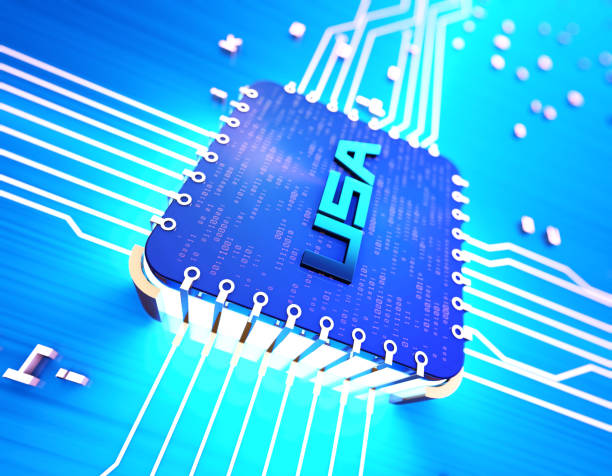
The development of AI robots faces numerous challenges.
One of the most significant challenges is the **high cost of developing and maintaining** these robots.
AI robots require advanced hardware components, complex software, and skilled specialists, all of which entail significant costs.
Another challenge is the **ethical issues** related to the use of AI robots.
For example, if an AI robot is at fault in a car accident, who will be responsible? Or if an AI robot replaces a human worker, what will happen to that worker? The third challenge is **security issues** related to AI robots.
If an AI robot is hacked, what will be the consequences? Or if an AI robot is used for malicious purposes, who can stop it? These challenges require serious attention and finding appropriate solutions to ensure the responsible and safe use of AI robots.
It is necessary to prevent the misuse of this technology and protect the rights and interests of individuals by establishing appropriate laws and regulations.
Furthermore, special attention should be paid to education and awareness about AI ethics so that individuals can make informed decisions about the use of this technology.
What Will Be the Future of AI Robots?
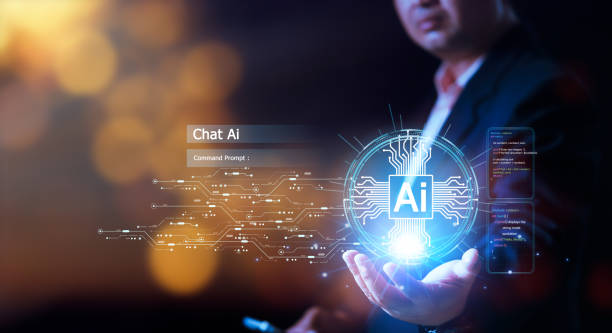
The future of AI robots is very bright and promising.
With technological advancements, AI robots will become smarter, more powerful, and more efficient day by day.
They will be able to perform more complex tasks, interact better with their environment, and operate more autonomously.
In the future, we will see wider use of AI robots in various industries.
They will help us in homes, workplaces, hospitals, and even in space.
AI robots can assist us in daily tasks, improve health, increase productivity, and solve complex problems.
However, it is important to remember that AI robots are merely tools that we build and control.
We must use them responsibly and ethically and ensure that they operate for the benefit of all society.
The future of AI requires attention to the ethical and social aspects of this technology so that we can fully benefit from its advantages and prevent its potential dangers.
The use of AI robots can significantly contribute to the development of societies.
Case Study: AI Robot in the Agricultural Industry
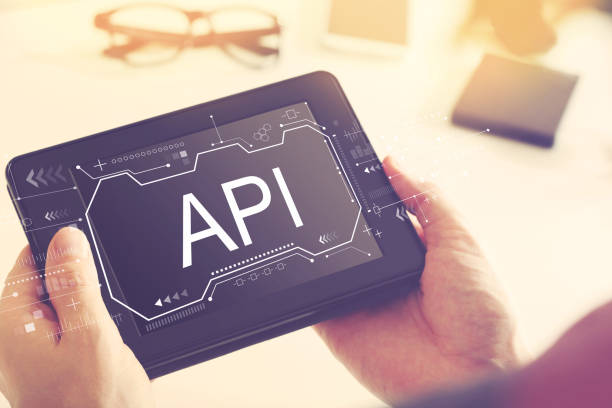
The agricultural industry is one of the areas with high potential for the use of AI robots.
AI robots can be used in this industry for tasks such as planting, harvesting, irrigation, spraying, and crop monitoring.
These robots can collect precise information about soil, water, and crop conditions using sensors and machine learning algorithms, and based on this information, make optimal decisions about farm management.
For example, irrigation robots can detect soil moisture levels and deliver water only to areas that need it, preventing water waste.
Or spraying robots can accurately identify weeds and spray only them, preventing damage to crops.
The use of AI robots in agriculture can help increase productivity, reduce costs, improve product quality, and mitigate environmental impacts.
Additionally, these robots can help farmers cope with challenges related to labor shortages and climate change.
| Task | Benefits of using AI Robot |
|---|---|
| Planting | Precise and fast planting |
| Harvesting | Harvesting without damage to crops |
| Irrigation | Optimal irrigation and water saving |
| Spraying | Precise spraying and reduced pesticide use |
| Monitoring | Accurate monitoring and problem prediction |
AI Robots and Their Impact on Jobs

The entry of AI robots into the labor market has raised concerns about job displacement.
However, it should be noted that AI robots can not only replace jobs but also create new ones.
AI robots can perform repetitive and dangerous tasks, allowing humans to spend their time on more creative and valuable work.
Additionally, AI robots can help create new industries and develop existing ones, which will lead to the creation of new jobs.
For example, the development of AI robots requires skilled professionals in fields such as programming, engineering, and artificial intelligence, which creates new job opportunities.
Furthermore, with the widespread use of AI robots, the need for individuals who can maintain, repair, and program these robots will increase.
Therefore, to address the challenges related to job displacement, special attention should be paid to training and retraining the workforce so that individuals can acquire the necessary skills to work with AI robots and be employed in the new jobs that are created.
The job opportunities in AI are very extensive.
Are you concerned about your e-commerce site’s low conversion rate and not achieving your desired sales?
Rasawb is your specialized solution for having a successful e-commerce site.
✅ Significantly increase conversion rate and sales
✅ Professional and user-friendly design to attract customer satisfaction
⚡ Ready for a transformation in online sales? Get a free consultation!
Key Considerations for Choosing the Right AI Robot
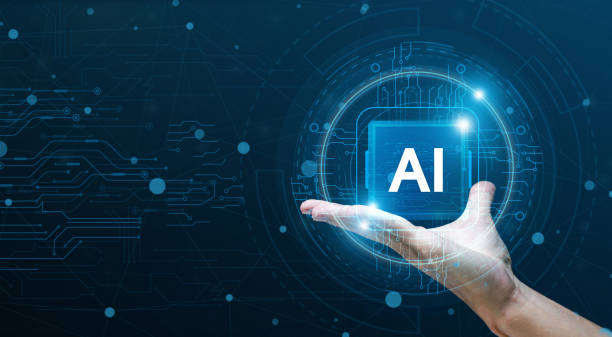
Choosing the right AI robot requires attention to several key points.
The first point is **precisely defining needs and goals**.
Before purchasing an AI robot, you must precisely define what tasks you want to assign to it and what goals you want to achieve using it.
The second point is **examining the robot’s features and capabilities**.
You must ensure that the desired robot has the necessary features and capabilities to perform the intended tasks.
For example, if you want to use an AI robot for facial recognition, you must ensure that the robot has a high-quality camera and strong facial recognition algorithms.
The third point is **checking the robot’s compatibility with existing systems**.
You must ensure that the desired robot is compatible with your existing systems and can be easily integrated with them.
The fourth point is **considering cost and return on investment**.
You should consider the costs associated with purchasing, maintaining, and training the robot and ensure that the investment in the robot will provide an appropriate return on investment.
And the fifth point is **seeking advice from specialists**.
Before making a final decision, it is advisable to consult with AI experts and seek their guidance.
Choosing the right AI robot requires planning.
Educational Resources for Learning AI and Robotics
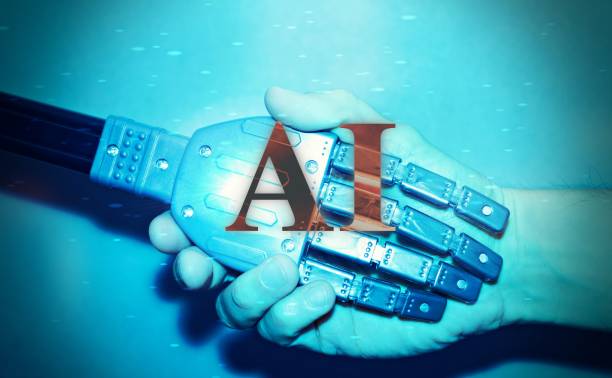
If you are interested in learning AI and robotics, numerous educational resources are available to you.
**Online courses** are one of the best ways to learn AI and robotics.
Websites like Coursera, Udemy, and edX offer numerous online courses in these fields.
**Books** can also be a good resource for learning AI and robotics.
Many books have been written on these topics that can help you understand basic and advanced concepts.
**Scientific articles** can also be a valuable resource for learning AI and robotics.
By reading scientific articles, you can stay informed about the latest advancements in these fields and keep your knowledge up to date.
**Practical projects** can also help you learn AI and robotics.
By undertaking practical projects, you can apply your knowledge and develop your practical skills.
And finally, **participating in conferences and workshops** can also help you learn AI and robotics.
By attending these events, you can meet specialists in these fields and learn from them.
Today, with numerous resources available, learning AI is very simple for enthusiasts.
Learning AI requires effort and perseverance.
Frequently Asked Questions
| Question | Answer |
|---|---|
| What is an AI robot? | An AI robot is a machine capable of understanding its environment, reasoning, learning, and making decisions to perform tasks autonomously. |
| What is the difference between regular robots and AI robots? | Regular robots perform repetitive tasks based on prior programming, while AI robots can learn from experience, interact dynamically with their environment, and even behave in a way that resembles human intelligence. |
| What are the main applications of AI robots? | They are used in industries (manufacturing, assembly), medicine (surgery, diagnostics), services (customer support, domestic), exploration (space, underwater), and many other fields. |
| What technologies are used in building AI robots? | Machine Learning, Computer Vision, Natural Language Processing, Deep Learning, and Robotics are among the key technologies. |
| Can AI robots have emotions? | Currently, robots do not possess emotions in the human sense. They can identify and react to emotions, but they do not experience emotions themselves. |
| What are the main challenges in the development of AI robots? | Safety, reliability, ethics, autonomy, adaptability to complex environments, and natural human interaction are among the significant challenges. |
| How are AI robots trained? | They are typically trained using large volumes of data, machine learning algorithms, and deep learning to identify patterns and make decisions. |
| Examples of AI robots in everyday life? | Smart robotic vacuum cleaners, customer support chatbots, self-driving cars, and surgical robots in hospitals. |
| Are AI robots a threat to human jobs? | Some repetitive jobs may become automated, but at the same time, robots can increase productivity and create new jobs in the development, maintenance, and supervision of these systems. |
| How is the future of AI robots predicted? | They are expected to become smarter, more autonomous, and capable of performing more complex tasks, engaging in closer interaction with humans in various environments. |
And other services by RasaWeb Advertising Agency in the field of advertising
- Smart Data Analysis: A fast and efficient solution for digital branding, focusing on attractive UI design.
- Smart Digital Advertising: A professional solution for improving SEO ranking, focusing on Google Ads management.
- Smart Brand Identity: Professional optimization for digital branding using Google Ads management.
- Smart Digital Advertising: A fast and efficient solution for campaign management, focusing on marketing automation.
- Smart UI/UX: Professional optimization for customer acquisition using user experience customization.
And over hundreds of other services in internet advertising, advertising consultation, and organizational solutions
Internet Advertising | Advertising Strategy | Advertorial
Sources
AI and Robotics on Zoomit
Applications of AI in Digikala Magazine
The Future of AI and Its Impacts (ISNA)
Smart Robots: Development and Challenges (IRNA)
? Are you ready for your business to leap forward in the digital world? RasaWeb Afarin Digital Marketing Agency, by offering comprehensive and specialized services, paves your way to growth and visibility. From SEO-optimized website design and search engine optimization to social media management and targeted advertising, we are by your side to ensure a powerful and effective online presence.
📍 Tehran, Mirdamad Street, next to Bank Markazi, Kazeroon Jonubi Alley, Ramin Alley, No. 6

